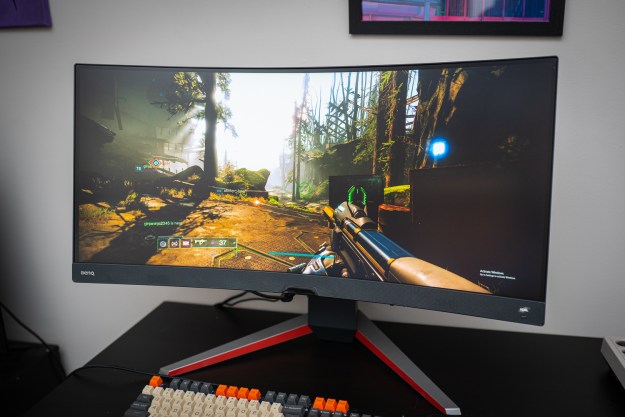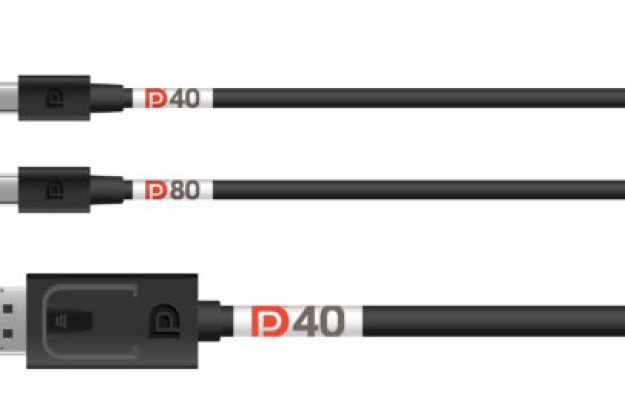
VESA just revealed the DisplayPort 1.3 standard, which supports computer monitors with resolutions up to 5120×2880, or 5K. In case you’re wondering, 4K, which is equivalent to 3840×2160, hasn’t even become mainstream yet. Only this year have they come down in price significantly, and even the cheapest 28-inch 4K display will ask you to put down around $600 for it.
Related: Philips reveals $600 28-inch 4K monitor
DisplayPort 1.3 allows people to use a 5K monitor with a single cable without using compression. DisplayPort 1.3 will also permit you to use two 4K monitors simultaneously through one connection with the use of DisplayPort’s Multi-Stream tech. On top of that, DisplayPort 1.3 supports future 8Kx4K screens.
We don’t even want to think about how much displays like that would cost. The price of 5K monitors is scary enough.
Related: AMD Radeon R9 295×2 review
“These new enhancements to DisplayPort will facilitate both higher resolution displays, as well as easier integration of DisplayPort into multi-protocol data transports, which will satisfy consumer’s desire for simplicity and ease-of-use,” VESA Board of Directors Chair Alan Kobayashi said.
Dell recently teased a 5K monitor, though there’s no indication when exactly it will be released. Plus, the company targeted a business-oriented audience for that display. That monitor, dubbed the UltraSharp 27 Ultra HD 5K Monitor, will go for $2,499.99 once it launches sometime in the “fourth quarter of this year.”
Editors' Recommendations
- The best 5K monitors you can buy for max resolution
- Save $700 on Samsung’s first 5K monitor in its “Spring Sale” event
- Asus’ 4K, 32-inch mini-LED gaming monitor might hit the perfect sweet spot
- Why DisplayPort 2.1 could become a big deal for PC gaming in 2023
- With DisplayPort 2.1, longer cables won’t reduce throughput


